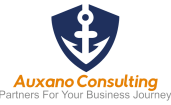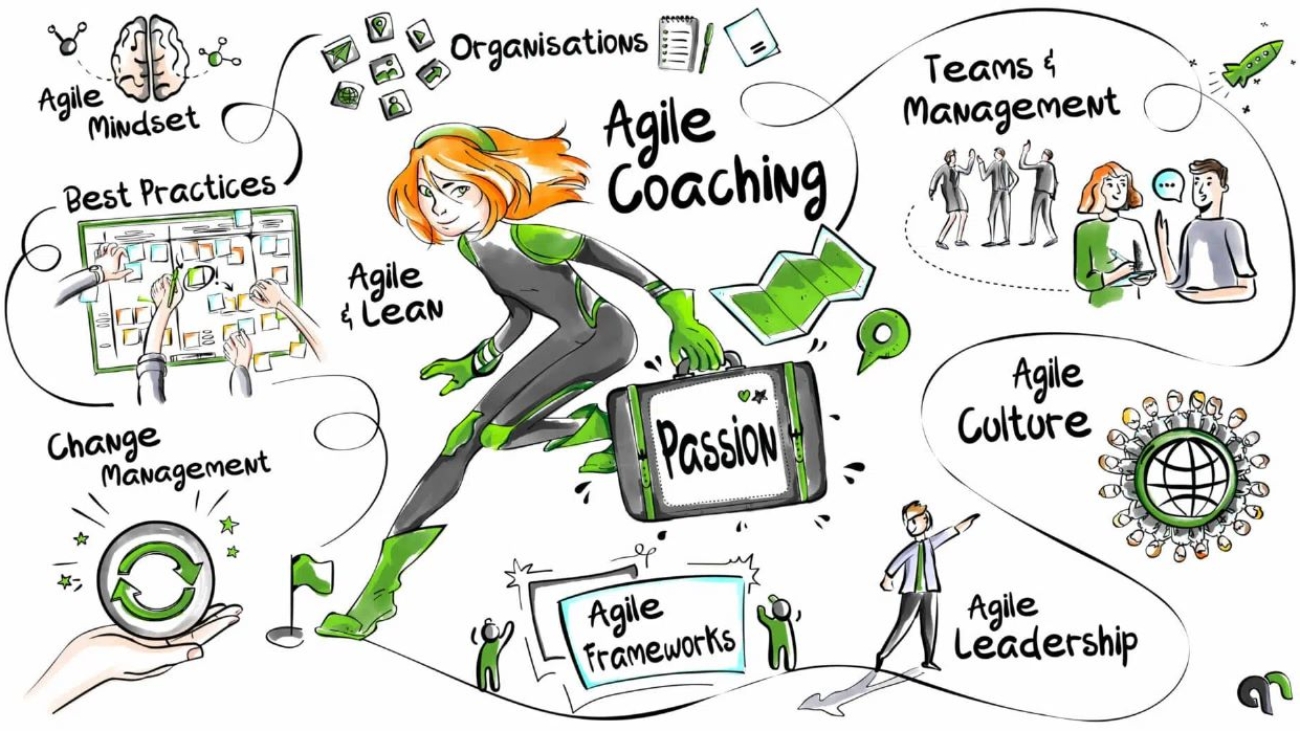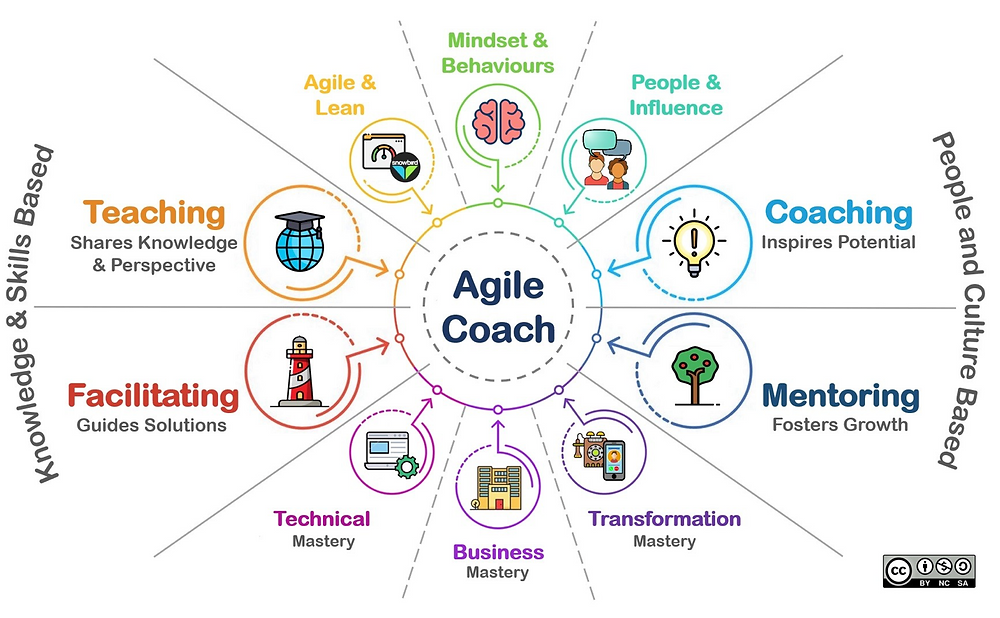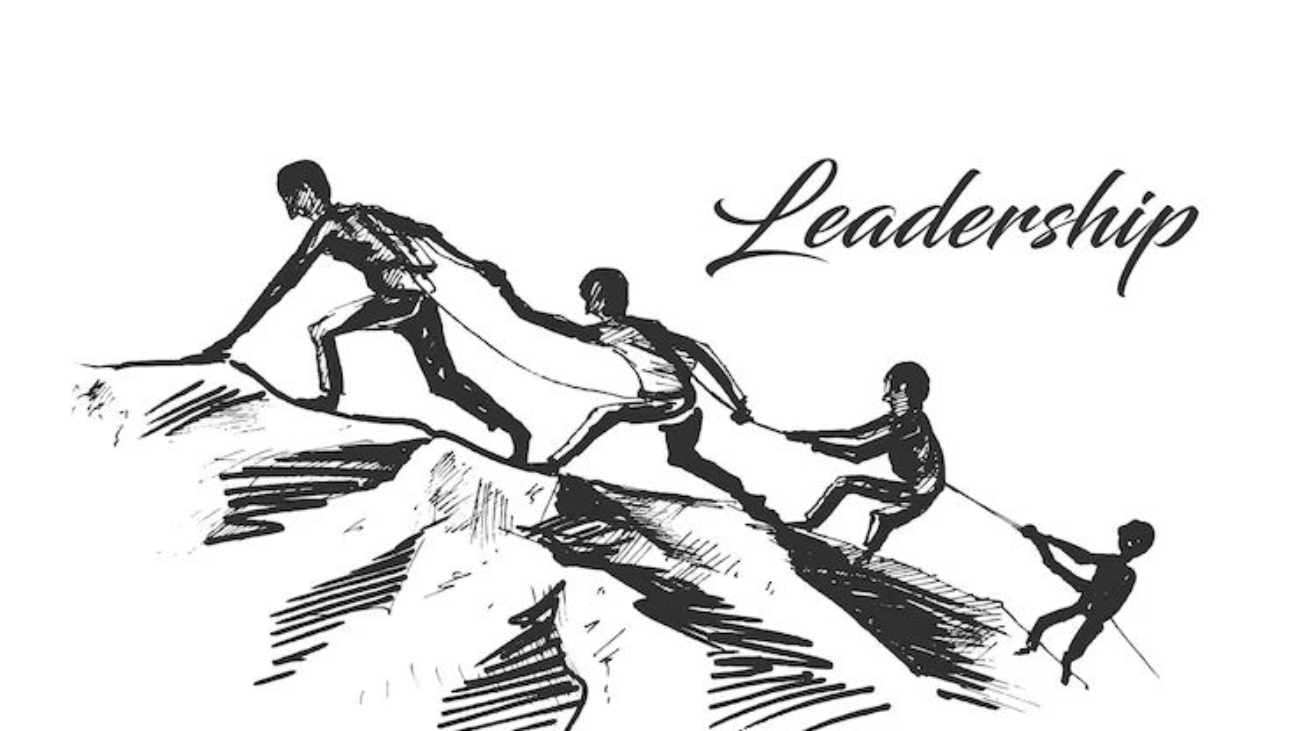In today’s dynamic workplace landscape, leadership paradigms have transcended conventional hierarchical structures. The concept of managers as coaches is swiftly gaining prominence as organizations increasingly acknowledge the profound impact of this leadership approach. In this blog, we will explore the remarkable potential of adopting a coaching style, unraveling its ability to reshape team dynamics, enhance communication, and foster collaboration, all of which culminate in the achievement of superior outcomes.
1. Managers as Coaches: Impact on Teams
The traditional role of a manager often involves directing and controlling team members. However, the shift towards a coaching model empowers managers to become facilitators of growth and development. When managers assume the role of coaches, they create an environment where team members are encouraged to take ownership of their work, set goals, and find solutions.
Example: Google’s “Project Oxygen”
An illuminating instance is Google’s groundbreaking study, dubbed “Project Oxygen,” which uncovered that the most impactful managers embrace a coaching stance. These managers make employee development a priority, engaging in consistent one-on-one dialogues. Through this, they nurture an atmosphere of perpetual feedback and advancement. This coaching-centered leadership style culminated in elevated employee satisfaction and notable enhancements in team performance.
2. Coaching Leadership: Building Trust and Collaboration
A coaching leadership style paves the way for open communication, trust-building, and enhanced collaboration among team members. When managers act as coaches, they actively listen to their team, acknowledge diverse perspectives, and create a safe space for sharing ideas and concerns.
Example: The Boeing Company
The Boeing Company serves as a notable illustration of the effective implementation of a coaching culture within its leadership. This initiative involved training managers to embrace coaching skills, resulting in a tangible enhancement of communication across the entire organization.

3. Agile Coaching in Managers-as-Coaches Context
Agile Coaching entails skillfully leading teams and organizations in embracing and operationalizing Agile methodologies. These methodologies emphasize flexibility, collaboration, and a commitment to continuous improvement. Managers can augment their coaching approach, bolstering team achievements within ever-changing work landscapes by assimilating Agile coaching principles.
- Continuous Improvement: Agile coaching’s focus on improvement complements coaching-oriented managers’ emphasis on growth.
- Adaptability: Both Agile coaching and coaching leadership encourage adaptable approaches in dynamic settings.
- Collaboration: Agile coaching’s teamwork emphasis aligns with managers’ fostering of collaboration.
- Individual Development: Agile coaching’s personal growth focus complements managers’ coaching for employee development.
- Problem-Solving: Both styles involve guiding teams in collaborative problem-solving.
- Change Facilitation: Agile coaching helps manage change, aligning with managers’ support for adaptation.
- Feedback Loop: Agile coaching’s feedback-driven approach aligns with managers’ iterative guidance.
- Outcome-Driven: Both prioritize achieving results, enhancing team performance
4. Effective Coaching Strategies for Managers
a. Active Listening: Managers should actively listen to team members, demonstrating empathy and understanding. This practice fosters better relationships and helps managers identify areas where coaching is needed.
b. Asking Powerful Questions: Thoughtful questioning prompts self-reflection and critical thinking. Managers can ask open-ended questions that encourage team members to explore solutions on their own.
c. Providing Constructive Feedback: Feedback should be specific, timely, and focused on growth. Managers can use the “feedback sandwich” approach, highlighting strengths, and areas for improvement, and concluding with positive reinforcement.
Workplace Example: Adobe’s “Check-in” Approach revamped its performance review system with a coaching-oriented “check-in” model. Managers engage in regular check-ins with employees, focusing on development rather than mere evaluation.
A New Era of Leadership
Embracing the role of managers as coaches signals a shift towards a more people-centered and growth-oriented leadership approach. As managers cultivate an environment of open communication, trust, and collaboration, teams thrive and achieve better results. By implementing effective coaching strategies, organizations can harness the full potential of their workforce, resulting in increased innovation, productivity, and overall success.
Are you ready to transform your leadership style and drive exceptional results? Start by incorporating coaching strategies into your managerial approach. The journey to becoming a coaching leader begins today with Auxano Consulting
Feel free to connect with Linnet Dave, Auxano’s Director and Executive coach on linnet@auxano-consulting.com or connect with her at +919820668179 for any queries on the subject and if you need to get a customized learning Intervention done for your organization.
Written by Vineeta, Image sources: http://www.ccl.org,https://blog.workana.com






